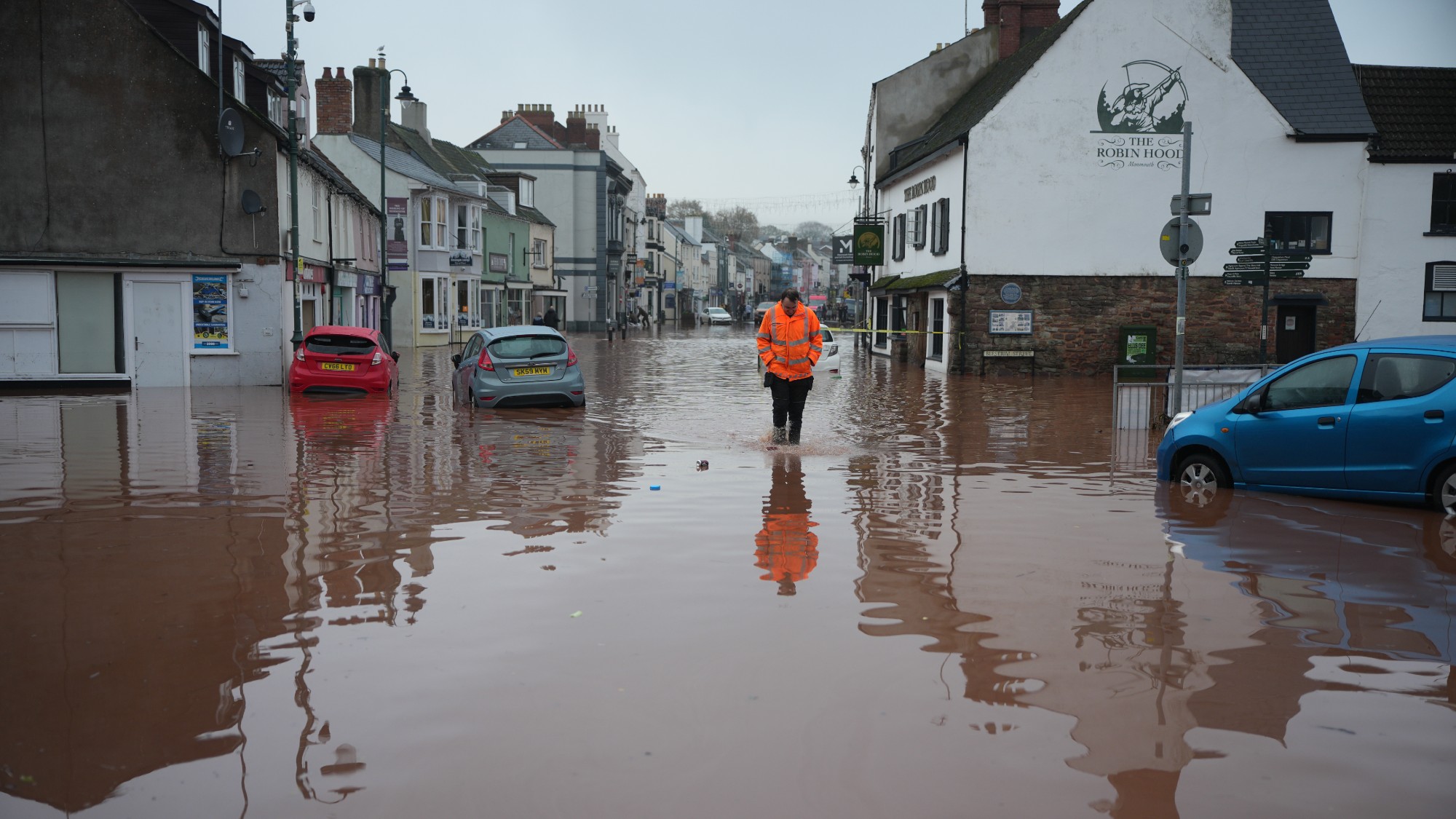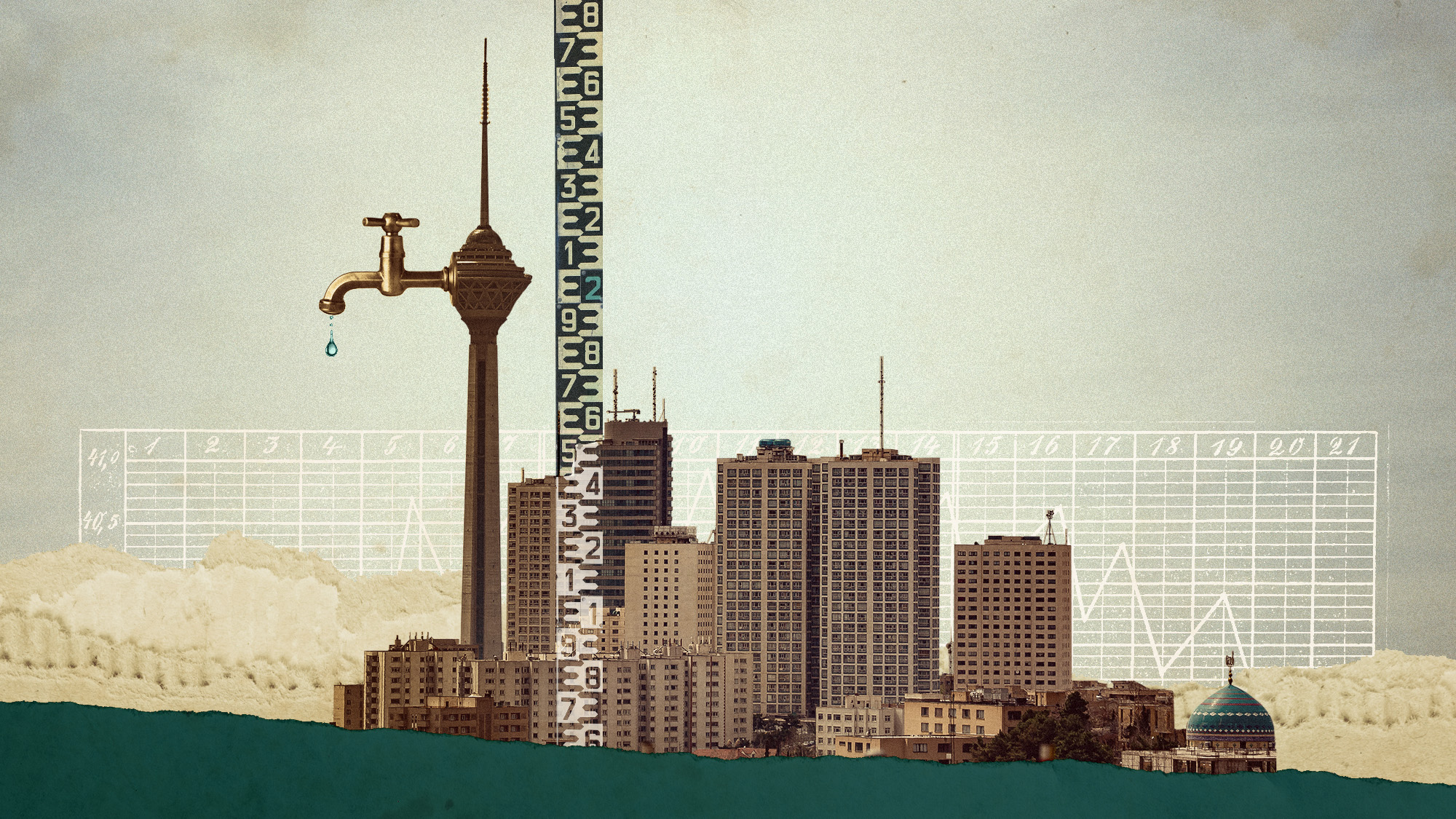Earth's carbon sinks are collapsing
Forests and soil are not operating as usual


The world's forests, plants and soil absorbed almost no carbon in 2023, according to preliminary research from a group of international scientists. The three are considered land carbon sinks because they have the ability to absorb carbon dioxide from the atmosphere for their natural processes. However, a rapidly warming climate may be prohibiting the carbon sinks on land from performing effectively.
Sinking capabilities
Carbon sinks are sites that "naturally remove potentially atmosphere-damaging carbon dioxide from the atmosphere," including forests and oceans, said Futurism. Land carbon sinks exist because "forests and other land ecosystems take up slightly more CO2 as they grow than they release when plants die and decompose or burn each year," said New Scientist. From 2010 to 2022, the collective land carbon sink removed, on average, two gigatons of carbon from the atmosphere each year. However, in 2023 many of the sinks collapsed, removing only approximately 0.23 to 0.65 gigatons of carbon, the "lowest amount since 2003 and more than three times lower than the average over the past decade," New Scientist said.
Much of the decrease is likely due to warming temperatures. "Imagine your plants at home: If you don't water them, they're not very productive, they don't grow, they don't take up carbon," Stephen Sitch, a study co-author, said to Reuters. "Put that on a big scale like the Amazon forest." Dipping carbon sink capacity is not rare and factors like the El Niño climate phenomenon contribute, but human-caused climate change is making temperatures warmer than they would get naturally, with 2023 becoming the warmest year on record. While this collapse is mostly temporary, continuous warm temperatures will make carbon sinks increasingly ineffective at counteracting emissions.
The Week
Escape your echo chamber. Get the facts behind the news, plus analysis from multiple perspectives.

Sign up for The Week's Free Newsletters
From our morning news briefing to a weekly Good News Newsletter, get the best of The Week delivered directly to your inbox.
From our morning news briefing to a weekly Good News Newsletter, get the best of The Week delivered directly to your inbox.
A breaking point
The collapse of land carbon sinks points to the substantial impact humans have had on the climate. "We're seeing cracks in the resilience of the Earth's systems," Johan Rockström, the director of the Potsdam Institute for Climate Impact Research, said at an event at New York Climate Week in September. "We're seeing massive cracks on land — terrestrial ecosystems are losing their carbon store and carbon uptake capacity, but the oceans are also showing signs of instability." In some cases, traditional carbon sinks are becoming a source of emissions instead. "Expansion of agriculture has turned tropical rainforests in Southeast Asia into a net source of emissions in recent years," said The Guardian. "Emissions from soil — which is the second-largest active carbon store after the oceans — are expected to increase by as much as 40% by the end of the century if they continue at the current rate."
Many climate models have failed to consider carbon sink collapses in emissions projections. "If this collapse were to happen again in the next few years, we risk seeing a rapid increase in CO2 and climate change beyond what the models predict," Philippe Ciais, one of the study's authors, said to Le Monde. This could mean that dire climate consequences may occur sooner than previously thought. "Nature has so far balanced our abuse. This is coming to an end," Rockström said.
A free daily email with the biggest news stories of the day – and the best features from TheWeek.com
Devika Rao has worked as a staff writer at The Week since 2022, covering science, the environment, climate and business. She previously worked as a policy associate for a nonprofit organization advocating for environmental action from a business perspective.
-
 ‘Care fractures after birth’
‘Care fractures after birth’instant opinion Opinion, comment and editorials of the day
-
 Shots fired in the US-EU war over digital censorship
Shots fired in the US-EU war over digital censorshipIN THE SPOTLIGHT The Trump administration risks opening a dangerous new front in the battle of real-world consequences for online action
-
 What will the US economy look like in 2026?
What will the US economy look like in 2026?Today’s Big Question Wall Street is bullish, but uncertain
-
 Crest falling: Mount Rainier and 4 other mountains are losing height
Crest falling: Mount Rainier and 4 other mountains are losing heightUnder the radar Its peak elevation is approximately 20 feet lower than it once was
-
 Death toll from Southeast Asia storms tops 1,000
Death toll from Southeast Asia storms tops 1,000speed read Catastrophic floods and landslides have struck Sri Lanka, Indonesia, Thailand and Malaysia
-
 Can for-profit geoengineering put a pause on climate change?
Can for-profit geoengineering put a pause on climate change?In the Spotlight Stardust Solutions wants to dim the sun. Scientists are worried.
-
 How will climate change affect the UK?
How will climate change affect the UK?The Explainer Met Office projections show the UK getting substantially warmer and wetter – with more extreme weather events
-
 Can the UK do more on climate change?
Can the UK do more on climate change?Today's Big Question Labour has shown leadership in the face of fraying international consensus, but must show the public their green mission is ‘a net benefit, not a net cost’
-
 Did Cop30 fulfil its promise to Indigenous Brazilians?
Did Cop30 fulfil its promise to Indigenous Brazilians?Today’s Big Question Brazilian president approves 10 new protected territories, following ‘unprecedented’ Indigenous presence at conference, both as delegates and protesters
-
 Can the world adapt to climate change?
Can the world adapt to climate change?Today's Big Question As the world gets hotter, COP30 leaders consider resilience efforts
-
 Taps could run dry in drought-stricken Tehran
Taps could run dry in drought-stricken TehranUnder the Radar President warns that unless rationing eases water crisis, citizens may have to evacuate the capital
